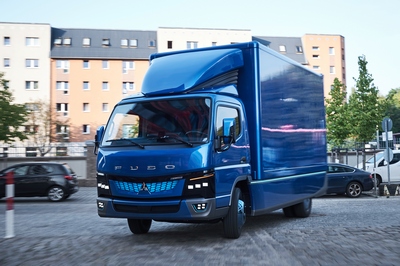The Lockwood Report
September 20, 2017 Vol. 14 No. 19
So where are we going? What’s around the corner? Where will we be in 20 or 30 years?
Recently I was asked to participate in a webinar organized by Pollution Probe on behalf of National Resources Canada, looking at our energy future. I was to make a presentation on how freight will be hauled as we move toward 2050. At first I turned them down — what do I know about 2050? — but I got talked into it.
As I thought about the future, my very first response was this: amidst the frenzy of pronouncements about electric trucks, connected trucks, and automated trucks these days — and it’s tough to keep up — I feel the need to slow things down a little and apply some perspective.
Here’s the thing: there’s a great whack of people and businesses to whom all of this means pretty much nothing at all. If you’re pulling uranium out of a mine in northern Saskatchewan or logs out of a New Brunswick forest, connectivity isn’t much of an issue. What would you connect to?
Tesla may be about to show its first electric class-8 truck (the latest introduction date is Oct. 26, by the way) but that’s not a technology you’ll ever use.
 Autonomous trucks? Not in your world, not ever, if only because you’re running dirt and gravel roads and they don’t have neat little painted lines that a truck’s cameras could lock onto. There’s no autonomy if a truck can’t ‘see’ where it is.
Autonomous trucks? Not in your world, not ever, if only because you’re running dirt and gravel roads and they don’t have neat little painted lines that a truck’s cameras could lock onto. There’s no autonomy if a truck can’t ‘see’ where it is.
Move on to exotic bio-fuels and you’ll have the same deal: you won’t be able to get them at anything like a reasonable price, and likely not at all, in those remote places. You’ll be running diesel for decades to come.
Forget the remote angle and just move to very small regional fleets in out-of-the-way places like Prince Albert or Riviere-du-Loup. The potential to use high-tech gizmology is somewhat bigger there, but chances are that nobody could afford it. None of this will come cheap.